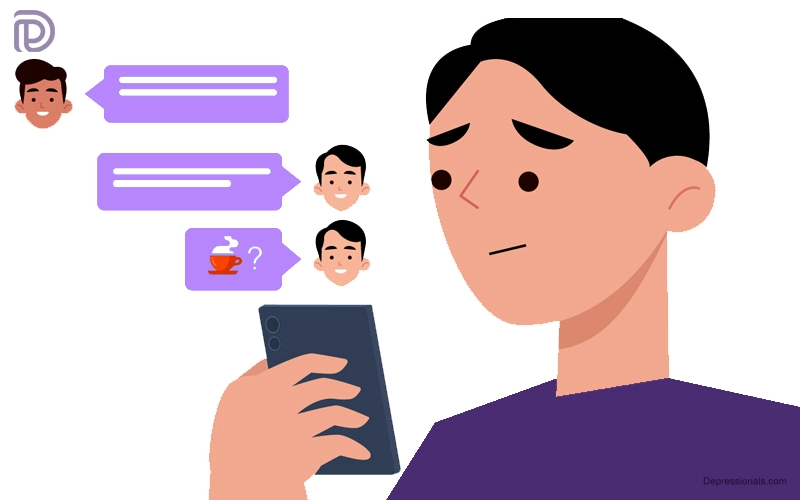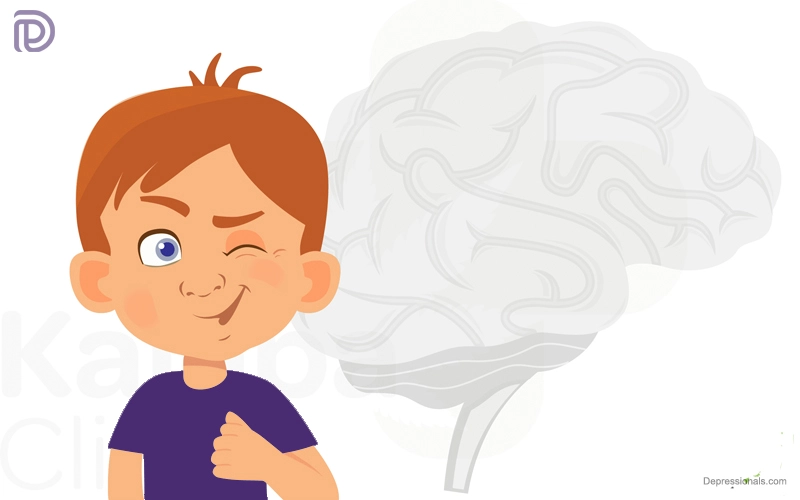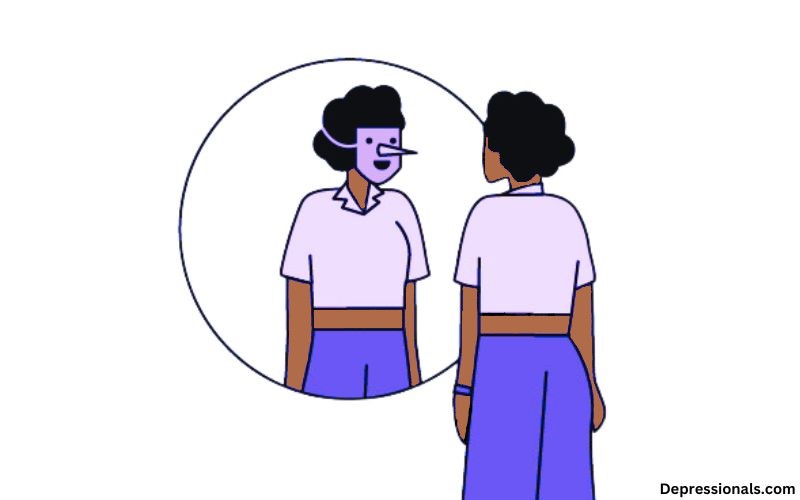Impulse control disorders occur when a person’s impulses are difficult or even impossible to control. These may vary from emotional responses such as stealing items that aren’t theirs (kleptomania) or a desire to set fires (pyromania).
This page discusses impulse control disorders, their many kinds, signs and symptoms, causes, treatments, and how to avoid them.
Read: Dyslexia
What are impulse control disorders?
Most individuals share the characteristic of having a sudden urge or desire to accomplish something. But, those who suffer from impulse control disorders, find it very difficult or impossible to control their desires and impulses.
These impulse control problems may have a significant effect on a person’s quality of life, but therapy can help individuals manage their symptoms.
When behavior becomes a disorder
Typically, impulsive actions occur when tension builds until the person cannot resist it any longer. Impulsive behavior can provide an immediate feeling of relief, but only for a short time.
It is possible to feel guilt or shame following the incident. A number of negative consequences may also result from repeated impulsive acts, such as regret or emotional distress.
Impulsive behavior can cause serious interference with everyday life if it takes an unmanageable emotional toll.
Types of impulse control disorders
The Diagnostic and Statistical Manual of Mental Disorders (DSM-5) defined impulse control disorder as one of five formal disorders.
Oppositional defiant disorder
Oppositional defiant disorder (ODD) is a frequent behavior problem in children. It is difficult for people with this disease to regulate their emotions or actions. This disease affects 2–11% of children in the United States, and it is more prevalent in preadolescent boys than girls.
Symptoms of ODD typically appear between the ages of 5 and 10, and they may fade as the person grows older.
Read: Hoarding Disorder
Intermittent explosive disorder
Intermittent explosive disorder (IED) is most prevalent in late childhood or adolescence. Short bursts of rage and aggressiveness are common in people with this disease, and they seem to be out of proportion to the cause. The reason may be unnoticed by everyone except the individual with IED.
Conduct disorder
Conduct disorder (CD) is a kind of impulse control problem that often manifests in childhood or adolescence. This disorder causes people to be rebellious, disobedient and violent.
This disease affects 2–10% of adolescents and teenagers in the United States, with men being more affected than girls. Attention deficit hyperactivity disorder (ADHD), mood disorders, and developmental difficulties are all more common in people with this disease.
Read: Delusional Parasitosis
Kleptomania
Kleptomaniacs have a strong desire to steal things that do not belong to them. The disease may strike at any age, although females are more likely to be affected than men.
Pyromania
Pyromania is an uncommon impulse control disorder in which individuals are obsessed with fire and everything connected to it. They have a strong desire to set things on fire. Pyromania is more prevalent in teens and adults, with men being more prone than females to suffer from it.
Those who suffer from pyromania are more prone to suffer from mental problems and learning difficulties.
Impulse control disorder symptoms
The following are the signs and symptoms of impulse control disorders by type:
ODD
ODD has the following signs and symptoms:
- Being rude and disruptive
- Becoming angry and irritable
- Rebellious conduct, which is often caused by being forced to perform tasks or follow regulations
IED
IED symptoms and signs include:
- Getting easily annoyed
- Well-behaved outside of violent outbursts
- Numerous verbal or physical outbursts with the potential for violence or physical harm
Read: General Adaptation Syndrome
CD
The following are some of the signs and symptoms of CD:
- Destruction of property
- Deceiving others
- Illegal or criminal behavior
- Looking uncaring or manipulative
Kleptomania
Kleptomania has the following signs and symptoms:
- Taking things that aren’t required or that aren’t worth much
- Having a strong desire to steal
- After stealing, you may feel guilty or sad
- Feeling relieved after committing a theft
Pyromania
The following are some of the signs and symptoms of pyromania:
- Tension right before setting a fire
- Feeling compelled to light flames that aren’t motivated by rage or revenge
Read: Delusions of Grandeur
What causes impulse control disorder?
Researchers aren’t clear what causes an impulse control disorder to emerge. However, evidence indicates that genetic and environmental factors may contribute to the risk.
Parents with mood problems are common among children with ODD. Parents with schizophrenia, ADHD, antisocial personality disorder, or drug abuse are more likely to have children with CD.
However, it is believed that this family composition creates an unstable environment, which increases the chance of children having an impulse control problem, rather than being a hereditary component.
The following are some of the environmental factors that may raise the risk of developing impulse control disorders:
- Coming from a low-income status
- Coming from an area where there is a lot of communal violence
- Lack of structure at home and in the classroom
- Atmosphere that is negligent or abusive
- Having friends that engage in unlawful or deviant behavior
Read: Diogenes Syndrome
Impulse control disorder treatment
Parents and caregivers may utilize methods to treat impulse control disorders. These are some of them:
- Not providing a positive reward for actions associated with impulse control disorders
- Encouraging adolescents and teens to get involved in the community and societal service
- Avoiding physical punishment
- Maintaining consistency while parenting
Several kinds of treatment may assist parents and children with these techniques (CBT) such as multisystemic therapy, parent management training and cognitive behavioral therapy.
Some specialists may give mood stabilizers, antidepressants, or other medicines to treat symptoms.
According to research, boot camps or imprisonment for a short period of time may not properly manage impulse control disorders and may even worsen them.
Prevention
Prevention is not guaranteed since impulse control problems may be caused by hereditary and environmental causes.
Taking a kid or adolescent with a suspected impulse control problem to a healthcare expert may help to prevent symptoms from becoming worse. Doctors will be able to recommend a course of action.
Read: Retrograde Amnesia
Summary
The DSM-5 recognizes five distinct kinds of impulse control disorders, each with its unique set of indications and symptoms.
People with these disorders have a hard time controlling their urges, which may have a severe effect on their quality of life.
Therefore, they may collaborate with medical experts to control their symptoms. Treatment methods typically include some kind of therapy, such as CBT, to assist with impulse control behaviors.






When I initially left a comment I appear to have clicked on the -Notify me when new comments
are added- checkbox and from now on each time a comment
is added I get 4 emails with the same comment.
There has to be a means you can remove me from that service.
Cheers!
I’m extremely inspired together with your writing skills and also with the layout to your blog. Is that this a paid topic or did you modify it your self? Anyway stay up the nice quality writing, it’s rare to peer a great blog like this one today..
The article is good. Thank you so much.
These kind of post are always inspiring and I prefer to check out quality content so I happy to finally find many excellent point here in the post, writing is simply great, thank you for the post
What a nice website, cannot wait to read new articles.
I’ve recently started a site, the info you offer on this website has helped me greatly. Thanks for all of your time & work. “A physicist is an atom’s way of knowing about atoms.” by George Wald.